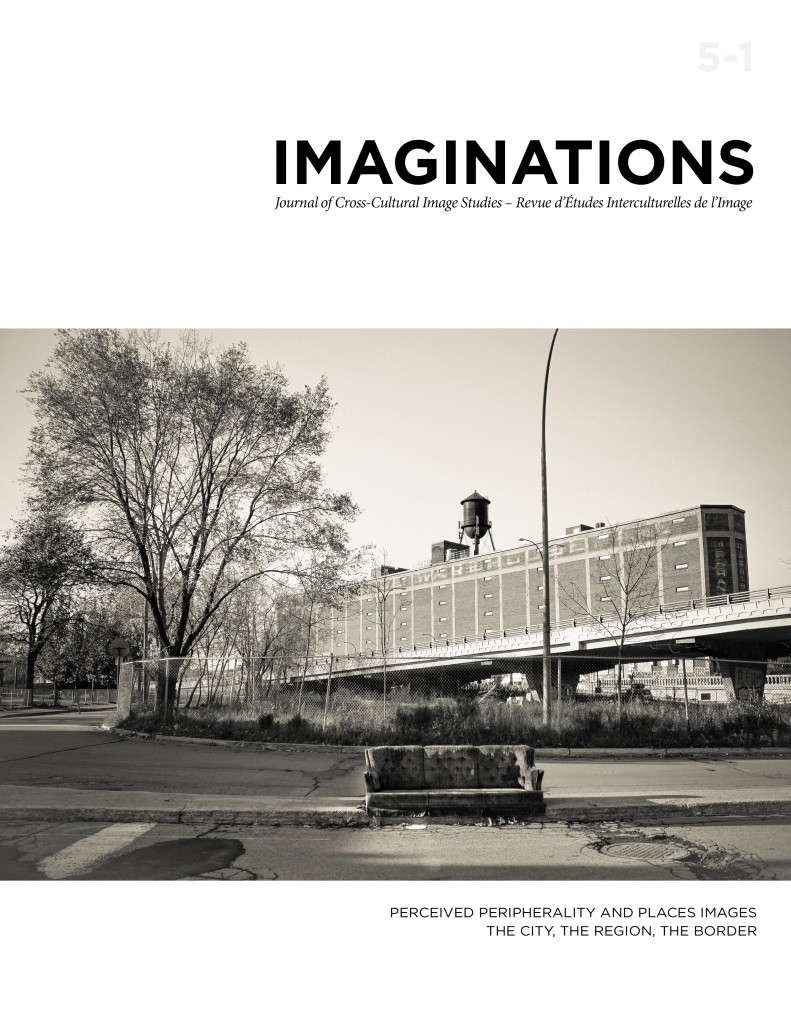KANAK IMAGINARIES: A SENSE OF PLACE IN THE WORK OF DÉWÉ GÖRÖDÉ
DOI:
https://doi.org/10.17742/IMAGE.periph.5-1.2Abstract
The study of the Kanak imaginary in the work of the first published Kanak (indigenous) New Caledonian writer shows this to be permeated by a sense of place. Rootedness in, and intense community with the land is not incompatible with the fluidity of ancestral criss-crossing of the Pacific or of constant border-crossing(pathways of exchange between groups) but nonetheless remains central. The ‘hinterland’ constituted by the places of the tribu (customary lands) sets up a challenge to the dominance ofNouméa la blanche and Déwé Görödé’s articulation of places of identity re-negotiate the urban/regional or Noumea/Bush/Tribu nexus to counterbalance or contest national (French) imaginaries. Yet Görödé’s work presents both a return to a Kanak Place to Stand and a critical self in process (the latter situated in a ‘no man’s land’). The places in her work are ultimately ‘cognitively dissonant’: the marginal or hinter-land of Kanak imaginaries (the tribu), can hold (to) their own both outside and inside the city yet also open themselves up internally to multiplicity and critique.Downloads
Published
2014-04-28
How to Cite
Ramsay, R. (2014). KANAK IMAGINARIES: A SENSE OF PLACE IN THE WORK OF DÉWÉ GÖRÖDÉ. Imaginations: Journal of Cross-Cultural Image Studies, 5(1), 10–24. https://doi.org/10.17742/IMAGE.periph.5-1.2
Issue
Section
Articles
License

This work by https://journals.library.ualberta.ca/imaginations is licensed under a Creative Commons 4.0 International License although certain works referenced herein may be separately licensed, or the author has exercised their right to fair dealing under the Canadian Copyright Act.




